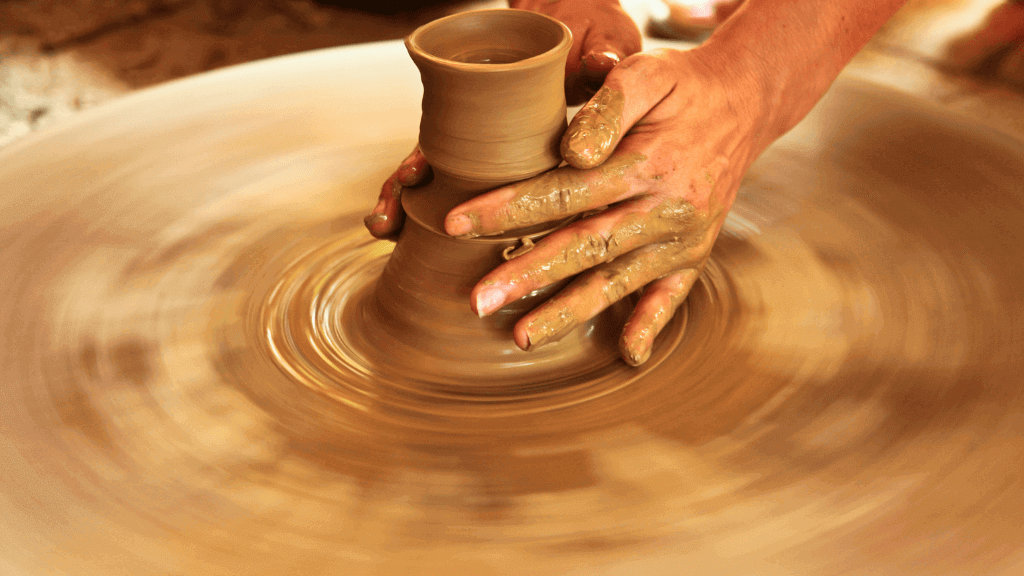Yes, air-dried clay can be used on a pottery wheel. However, the results may vary depending on the brand and type of clay.
How does air dry clay differ from traditional pottery clay in working with it on a pottery wheel?
Air-dry clay differs from traditional pottery clay because it does not require firing in a kiln or heating to harden. It is made with different ingredients than ceramic clay, making it more complicated than bone dry. Air-dry clay is best suited for hand-building techniques such as sculpting, coiling, slab construction, pinching, scoring, and welding, while ceramic clay is better for use on a pottery wheel. Additionally, air-dry clay sculptures can have unique materials added after hardening.
Are there any specific techniques or considerations to remember when using air-dry clay on a pottery wheel?
Yes, air-dried clay can be used on a pottery wheel. However, there are some specific techniques and considerations to remember when using air-dried clay on a pottery wheel. For example, it is essential to clean the work area before clay scraps can dry out, and it is helpful to know the different types of air clay and how they behave. Here are some great tips for beginners learning to work with air-dry clay, such as kneading the clay until it is soft and pliable before use.
What are some benefits or drawbacks of using air clay versus traditional pottery clay on a pottery wheel?
Air-dry clay can be used on a pottery wheel, though it has some drawbacks compared to traditional pottery clay. Air-dry clay is quicker and easier to use since it does not require firing in a kiln but is more fragile and prone to cracking. Additionally, some air-dry clays come with plasticity, making them difficult to throw on the wheel.
Can air-dry clay be fired in a kiln after being shaped on a pottery wheel?
Air-dry clay can be used on a pottery wheel but cannot be fired in a kiln afterward. Air-dry clays are made with natural ingredients like paper, which are unsuitable for firing, and some air-dry clays contain too much plastic to be used on a potter’s wheel. Additionally, air dry clay must be sealed after drying to prevent problems from later moisture exposure.
How does the finished product of air-dry clay on a pottery wheel compare to traditional pottery clay?
The finished product of air dry clay on a pottery wheel is similar to that of traditional pottery clay, but with some differences. Air-dry clay behaves similarly to porcelain when it is too wet and can collapse, while ceramic clay shrinks at different rates depending on the type of clay body used. Additionally, epoxy clay is an air-dry clay consisting of two parts mixed and hardened when combined.











